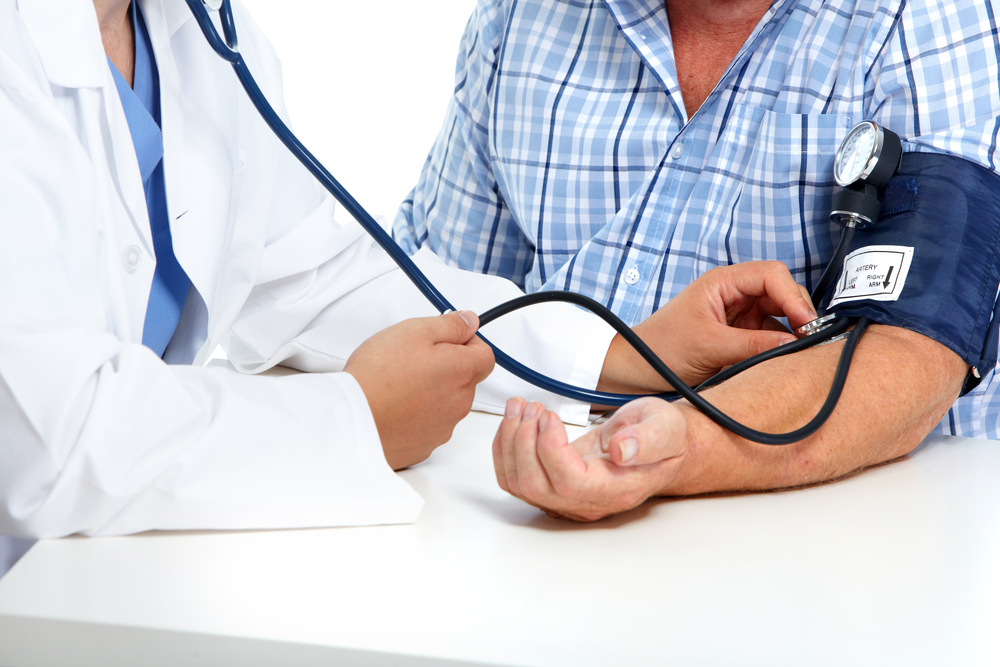You’ve had your blood pressure (BP) checked at your annual checkup. You may even check your BP occasionally using the machine at the drugstore. But do you know what the numbers actually mean?
First, let’s define blood pressure. The term refers to how forcefully your blood pushes against the sides of the blood vessels. Without blood pulsing through the circulatory system effectively, the body’s tissues and organs wouldn’t get the oxygen and nutrients they need.
Making sense of the numbers
When your nurse or doctor takes your BP reading, there are two numbers included.
The reading looks like this: 117/76.
The top number is your systolic blood pressure, while the bottom number is your diastolic blood pressure. So what’s the difference?
- Systolic blood pressure measures the pressure in the arteries when your heart is beating. This is also when your heart muscle contracts. Systolic is the higher number of the two.
- Diastolic blood pressure measures the pressure in the arteries between heartbeats. This is when the heart muscle is resting.
What your BP should be
The American Heart Association (AHA) defines normal BP as less than 120/80 mm Hg. High blood pressure, also known as hypertension, has several different categories:
- Systolic BP between 120 and 139 or diastolic BP between 80 and 89 is considered prehypertension.
- Systolic BP between 140 and 159 or diastolic BP between 90 and 99 is considered stage 1 hypertension.
- Systolic BP 160 or higher or diastolic BP 100 or higher is considered stage 2 hypertension.
Blood pressure readings higher than 180 for systolic pressure or 110 for diastolic pressure need emergency medical treatment.
Very low BP can also be a concern. If you experience dizziness, fainting, an inability to concentrate, nausea, clammy skin, shallow breathing or blurred vision along with low blood pressure, seek medical attention.
Lifestyle habits for a healthy BP
Maintaining normal blood pressure is important for your health. High BP can lead to heart attack and stroke, two of the leading causes of death among Americans.
Add a few healthy habits into your lifestyle to help you attain — and maintain — a normal blood pressure:
- Get plenty of physical activity. It has immediate effects on your blood pressure! When you exercise, the body releases nitric acid, which opens up the blood vessels and lowers your BP. Aim for at least 30 minutes of moderate physical activity at least five days of each week.
- Eat a healthy diet. Research has found that a diet high in fruits and vegetables, low-fat dairy, whole grains, lean proteins, fatty fish, and healthy fats, such as those found in olive oil or nuts, can help you maintain a normal BP or lower yours if it’s high.
- Say no to sodium. High sodium intake is a leading cause of high blood pressure. The AHA recommends limiting sodium intake to less than 2,400 milligrams per day, roughly the equivalent of one teaspoon. Look for sodium levels on the nutritional info at restaurants and the nutrition label on packaged foods.
- Limit alcohol consumption. Alcohol can increase blood pressure, so if you drink, do so moderately — no more than one drink per day for women and two for men.
- Don’t smoke. Nicotine causes blood vessels to constrict, which raises blood pressure.
- Check your BP levels regularly. High blood pressure often has no symptoms, so it’s especially important to keep an eye on.
If you have high blood pressure or another condition affecting the heart, the Heart and Vascular Center at UT Erlanger Health System offers a full range of care, including a Hypertension Management Center.







